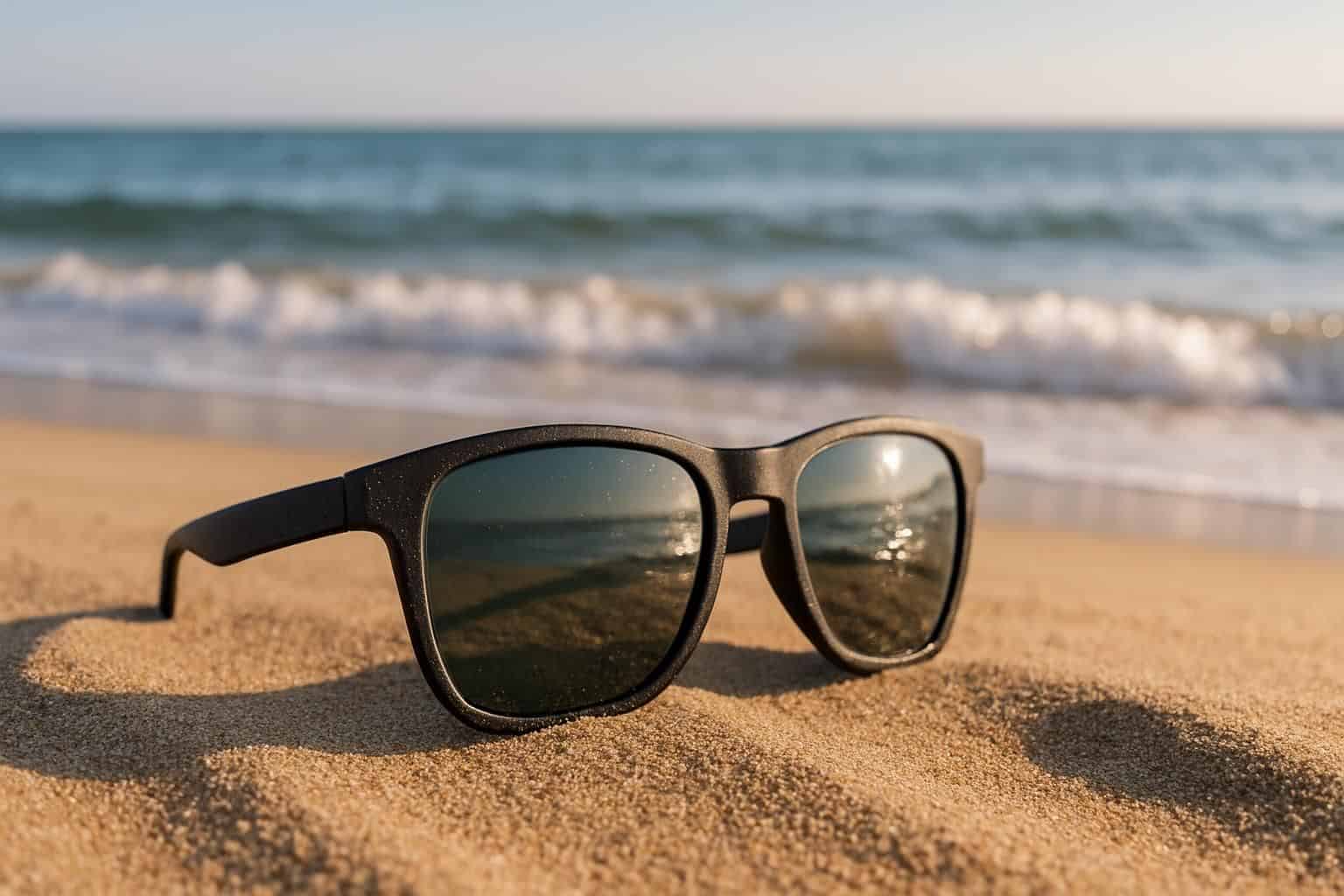Tired of squinting from glare every time you step outside? Knowing what polarization is in sunglasses can help solve this common issue. I’ll explain clearly how polarized lenses work, their eye-comfort benefits, and when to wear them for best results.
Keep reading to find out more!
Key Takeaways
Polarized sunglasses reduce glare by blocking horizontal light, letting vertical waves pass—perfect if you’re driving, boating, or just outside in bright sun.
These lenses ease eye strain, boost color contrast, and sharpen vision—Costa 580 lenses even block 99.9% glare.
Regular sunglasses mostly darken your vision, but polarized lenses cut reflections off roads, snow, and water, helping you spot details clearly.
But polarized lenses have drawbacks, too—they can make LCD screens look warped, cost an extra $20-50, and aren’t safe for night driving.
By 2025, expect smarter lenses that auto-adjust tint, filter blue light, use earth-friendly materials—and at better prices.
Table of Contents
What Is Polarization in Sunglasses?
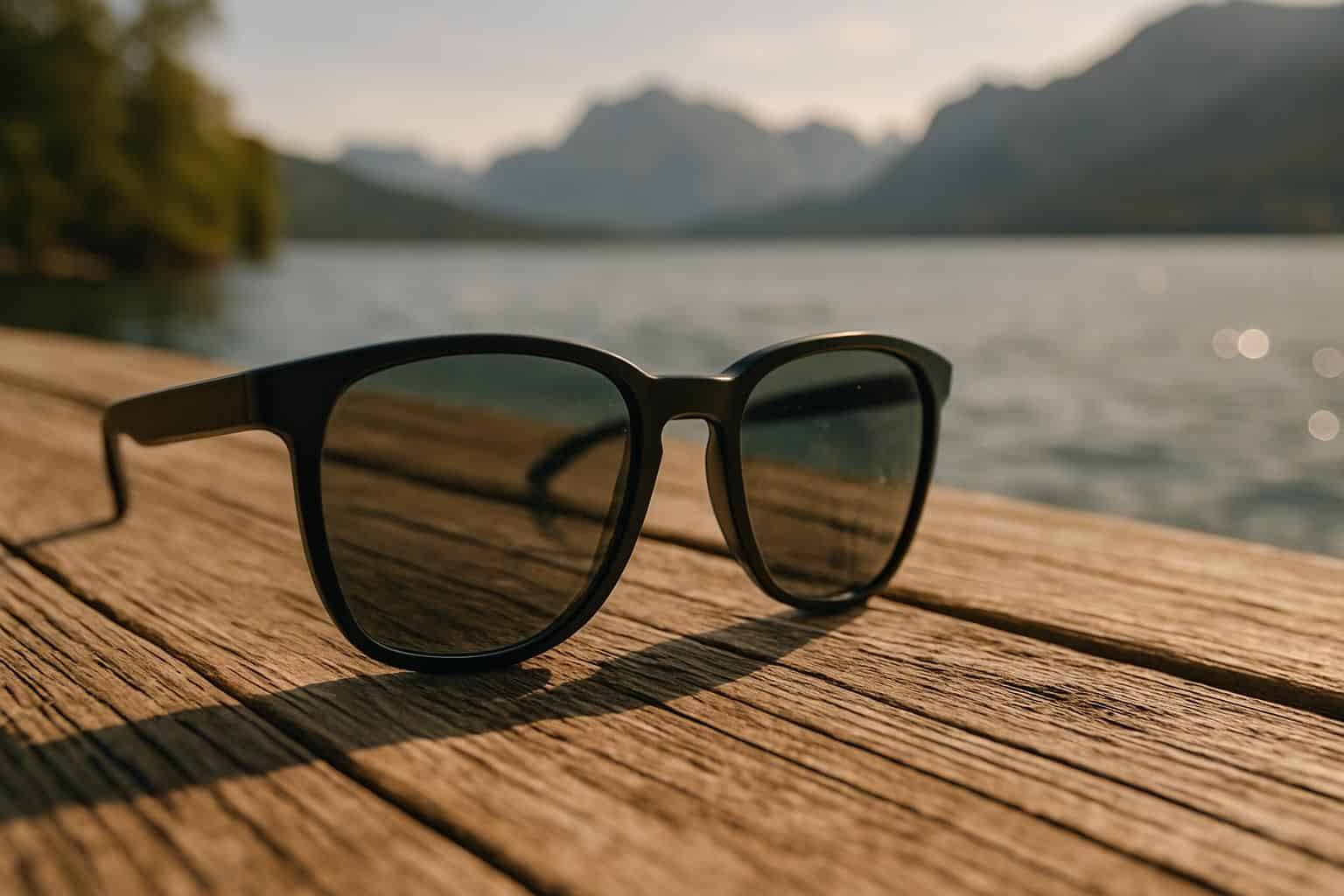
Polarized sunglasses have a special chemical filter that blocks horizontal light—but lets vertical waves through. This cuts glare from flat surfaces, like roads, water, or snow. Standard sunglasses just dim your view, but polarized ones get rid of bright reflections that strain your eyes.
The chemical filter acts like tiny window blinds, stopping light from certain angles. The result? Clearer vision, sharper contrast, and deeper colors.
The advantages aren’t just about comfort, either. Polarized lenses help you notice details regular sunglasses might hide. Drivers get a better view of roads, without annoying reflections from headlights.
Polarized lenses don’t just protect your eyes – they transform how you see the world by eliminating glare and enhancing natural colors.
Water sports enthusiasts can easily see beneath the surface, since polarized lenses cut out shiny reflections. Many eye doctors recommend polarized sunglasses outdoors to cut back on eye strain.
One thing to keep in mind—polarization doesn’t always include UV protection, so double-check that when choosing your pair. Polarized lenses also come in different colors like brown, gray, or green, and each color affects your vision slightly differently.
How Do Polarized Lenses Work?
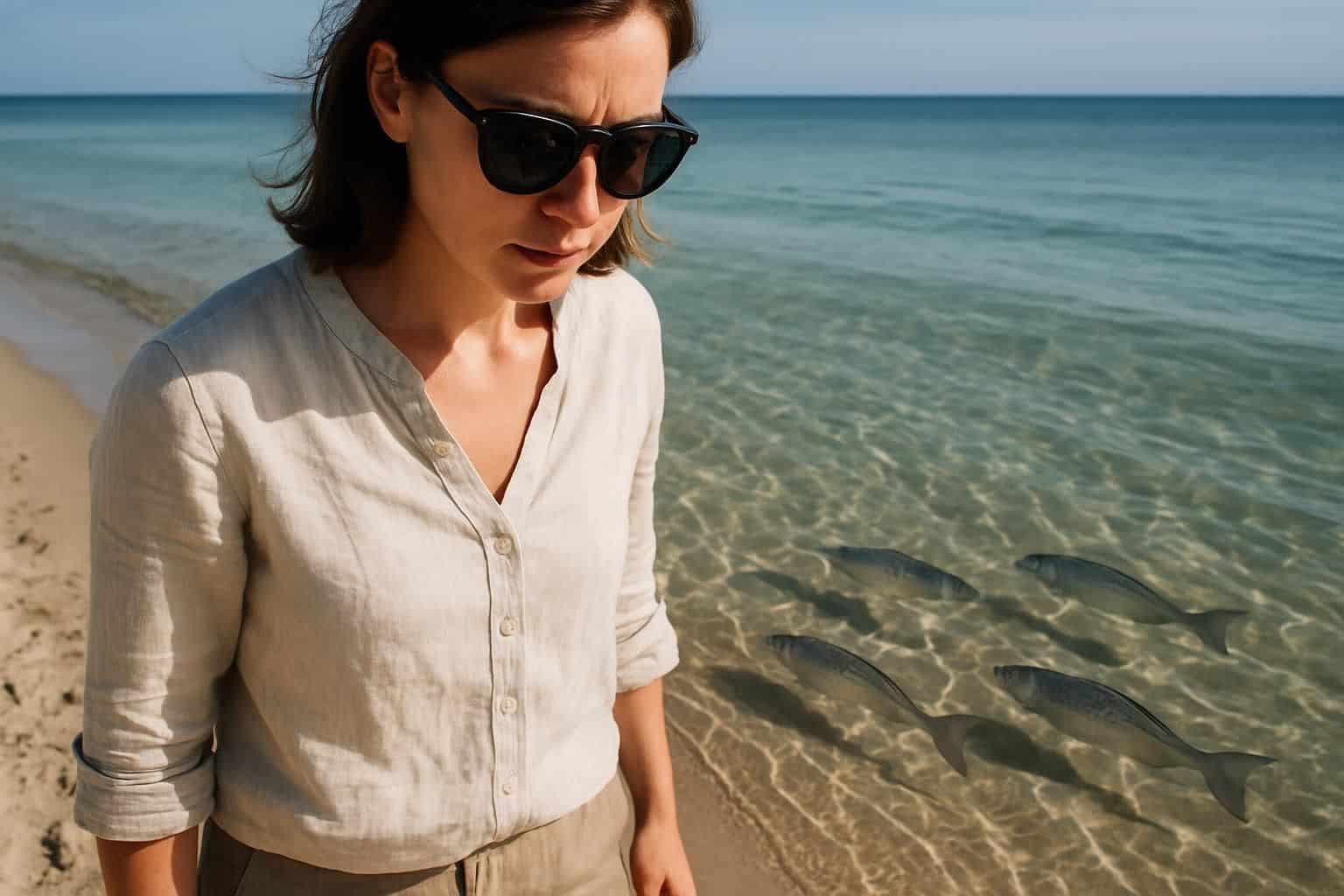
Polarized lenses use a special filter to block side-to-side light waves. Light moves in waves going every direction, but sunlight bouncing off flat surfaces—like roads, water, or car hoods—mostly travels horizontally.
That’s where annoying glare comes from, forcing your eyes to squint or strain. These lenses act like tiny vertical blinds, letting vertical waves through and stopping horizontal ones.
This smart trick removes glare, leaving your vision clear and comfortable. It’s a concept supported by Shaw and Vollmer’s 2017 study called “Blue sun glints on water viewed through a polarizer”.
The filter itself is actually a chemical coating applied to the lens. On the lens surface, tiny molecules line up vertically, forming a barrier against horizontal waves. Vertical light easily passes through, reducing harsh brightness.
Women who drive often, fish, or spend time at beaches can especially benefit from this technology. Drivers avoid dangerous glare on roads, reducing eye strain. Anglers can see clearly below water surfaces, spotting fish easily.
Beachgoers enjoy easier viewing through reflections on water and sand. These lenses make everyday activities safer, clearer, and easier on the eyes.
Benefits of Polarized Sunglasses

Polarized sunglasses offer amazing benefits that make them worth every penny – they cut glare, show colors better, and help your eyes stay comfy all day long… ready to see the world in a whole new light?
Reduces glare
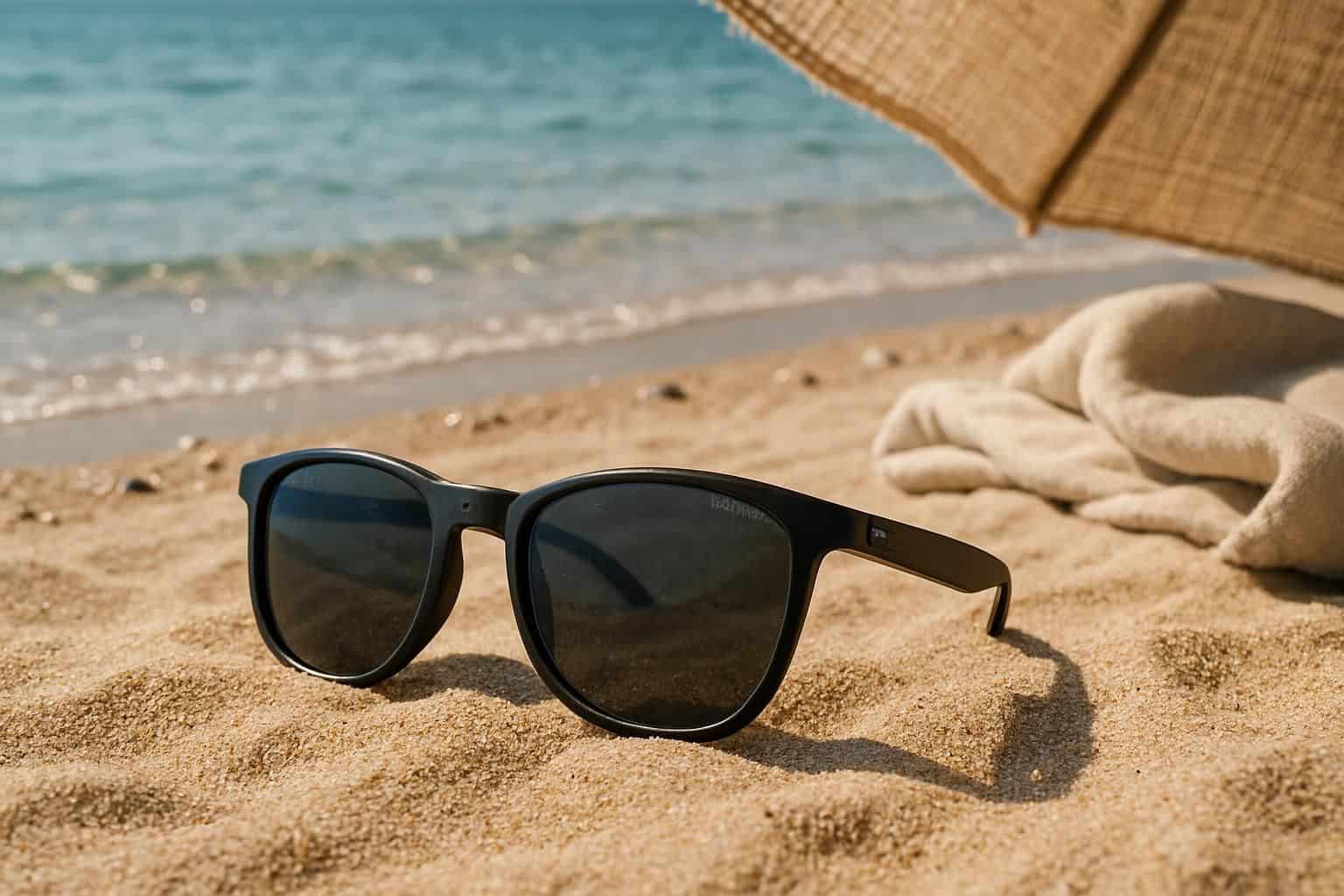
Glare comes at you from everywhere—water, roads, even snow—and it hurts your eyes. It makes seeing tough, causing strain and, in severe cases, snow blindness. Polarized sunglasses solve this by blocking horizontal light waves that cause that harsh glare.
Costa 580 lenses block an impressive 99.9% of these waves. Your eyes can relax, not having to fight against intense brightness.
The lenses act like a shield, filtering out unwanted reflections while letting helpful light through. Colors still look natural, but without the harsh shine that tires your eyes. Many women keep polarized sunglasses handy, especially for driving or enjoying activities on the water.
Here’s a handy tip on essentials you might want to keep in your car to stay comfortable.
Wearing polarized sunglasses is like turning down the volume on a too-loud radio, but for your eyes. The world becomes instantly clearer and more comfortable.
Enhances visual clarity
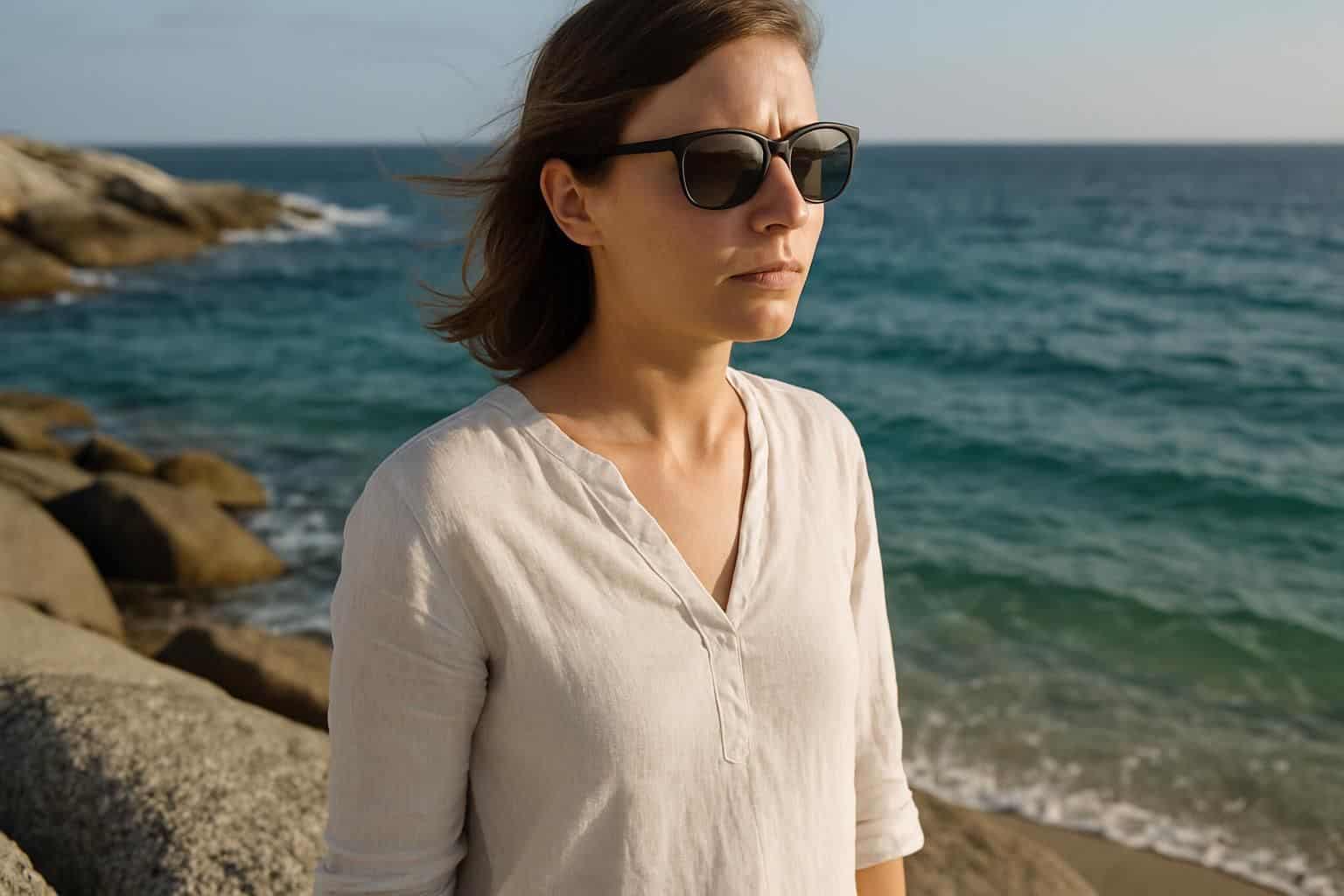
Polarized sunglasses don’t just reduce bright reflections—they sharpen your vision, too. Colors look richer, clearer, and stand out better from backgrounds. With these special lenses, tiny details become easier to notice, even in strong sunlight.
They work by filtering scattered rays, improving visual contrast and helping your brain quickly interpret what you see. Women often find their eyes feel less tired after long drives or days spent at the beach.
Costa 580 lenses go one step further. They block yellow light at exactly 580 nanometers, boosting color contrast even more. This lets you easily spot fish beneath the water, see hazards clearly on roads, or notice hidden obstacles along trails—small details that truly matter.
Improves color perception

Costa 580 polarized lenses brighten colors and sharpen clarity. Greens on golf fairways look richer, blues in the water turn deeper and clearer. Last summer, I wore these shades at the beach—and noticed an instant difference.
The sand appeared more golden, and tiny fish swimming nearby were suddenly noticeable.
These lenses block scattered light that usually dulls colors. By removing glare, your eyes receive clearer color signals. Many women mention polarized sunglasses make sunsets look more vibrant and lifelike.
The color boost also helps with outdoor photography—scenes in pictures match exactly what you see.
When to Use Polarized Sunglasses
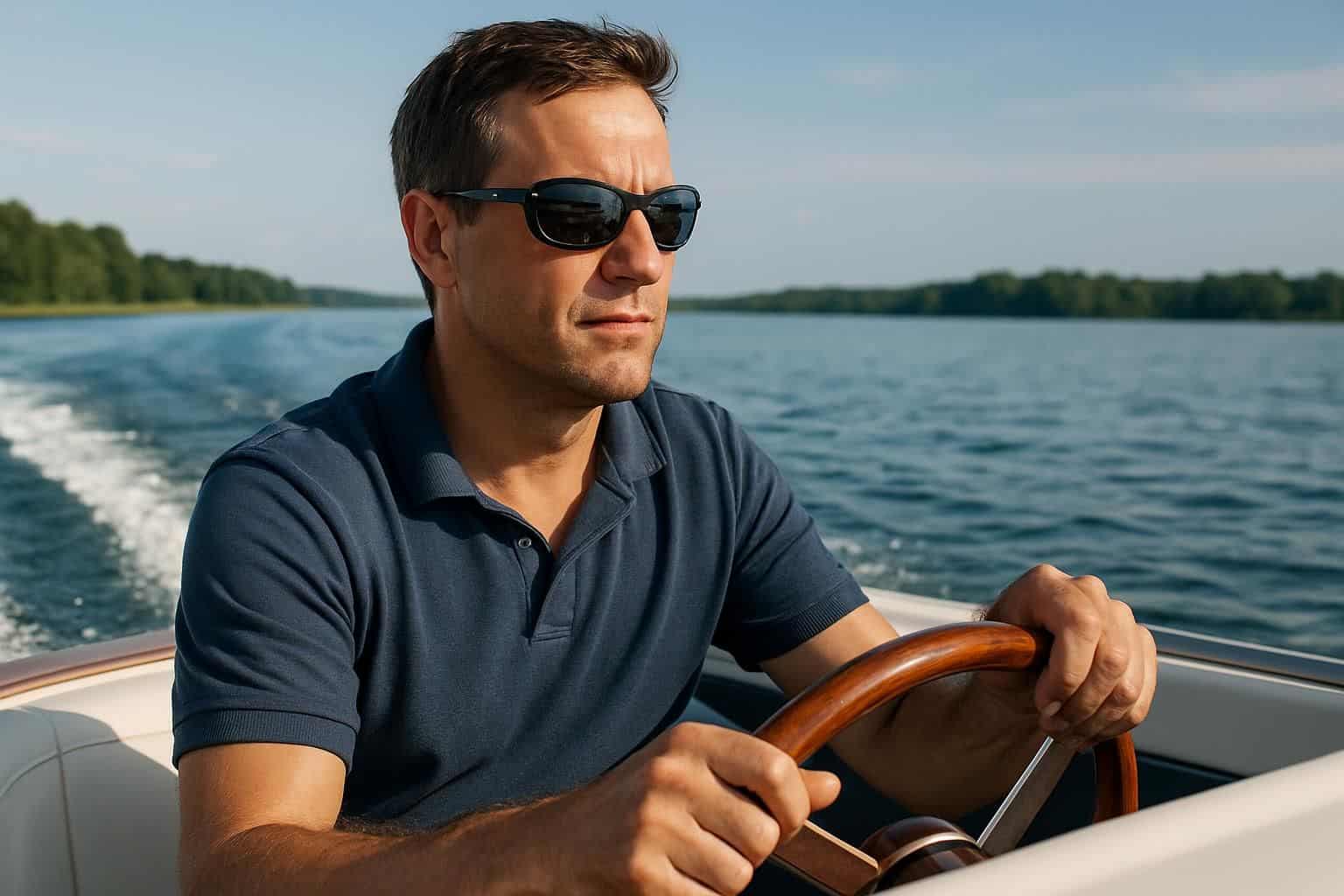
Polarized sunglasses shine in specific situations where glare threatens your vision and comfort. Wear them while driving, boating, fishing, or skiing to cut harsh light that bounces off roads, water, and snow.
Driving
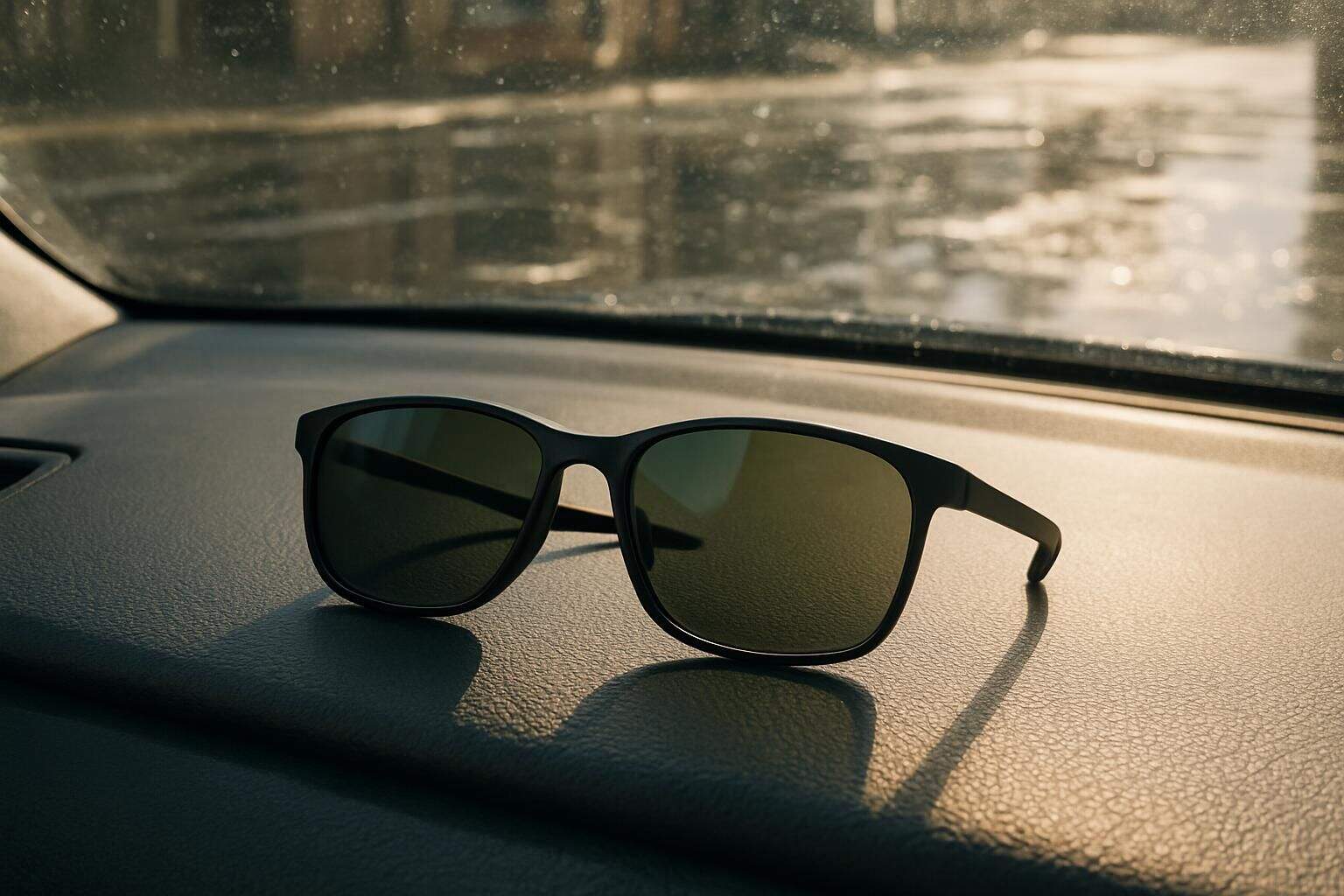
Road glare can make driving stressful—and sometimes downright dangerous. Bright reflections bouncing off wet pavement, shiny cars, and roads can blind you for critical seconds. A study from 2021 in the Journal of Occupational Health linked intense glare directly to higher accident risks.
Fighting glare tires your eyes quicker, slowing down your reactions behind the wheel. Using polarized sunglasses reduces this problem—they cut reflected brightness, improve vision, and help you see clearly, even on sunny days.
With these lenses, hidden hazards like puddles stand out clearly instead of blending into bright patches. Many women drivers report feeling less tired and more at ease on long drives after switching to polarized lenses, especially during morning and evening hours when the sun sits low on the horizon.
Water sports

Clear vision is key for water sports—just like when you’re on the road. On lakes, oceans, and rivers, glare bouncing off water can momentarily blind you, creating risks during sports like kayaking or surfing.
Polarized sunglasses, like Costa’s with their 580 lens tech, fully remove this glare.
Wearing polarized lenses brings plenty of perks. You’ll easily spot fish others overlook. Doing some boating? You’ll catch sight of hazards well in advance, making your time safer.
Colors will pop, appearing vivid and lifelike, adding fun to your day at the beach or fishing spot. Hours in strong sun become easier on your eyes, reducing strain and fatigue. Your eyes will truly appreciate it.
Outdoor activities
Polarized sunglasses are great for outdoor fun. On hiking trails, they cut glare from rocks and streams—everything looks sharper. Last summer, I wore mine on a mountain hike and noticed details I’d never seen before.
Golfers love how the lenses reduce bright spots caused by sun hitting damp grass. Water sports fans benefit big-time too; kayakers easily notice underwater rocks that could cause problems.
Skiers can avoid painful snow glare on sunny slopes. Less squinting and eye strain helps you stay outdoors longer without getting tired.
Outdoors, your eyes need extra protection from the sun. Polarized lenses cut harsh reflections bouncing off lakes, sand, or snow. In winter, with the lower sun angle, reflections get stronger—polarized lenses really help then.
Women often say colors look richer and more natural right away. Clouds stand out against blue skies better, and trail markers become easier to spot during hikes.
Limitations of Polarized Sunglasses

Polarized lenses are great—but they do have a few downsides worth considering. For example, they tend to distort LCD screens like those on your phone, car dashboard, or ATM. A lot of women notice this when they try to quickly read their texts outdoors while wearing stylish shades.
The reason behind this? LCD screens release light that clashes with the filtering effect in polarized glasses. It can get pretty frustrating if you depend on digital devices while outside.
These lenses usually cost a bit more than standard sunglasses—expect to pay about $20 to $50 extra for the same design. Also, they’re not ideal for driving at night since they darken your view too much in dim settings.
Some users even feel slightly dizzy or unsure about distances the first time they wear them. That’s because polarized lenses alter how your eyes read depth and movement cues. Women who golf or do outdoor sports sometimes find this initially disrupts their performance until their eyes adjust.
Polarized vs. Non-Polarized Lenses
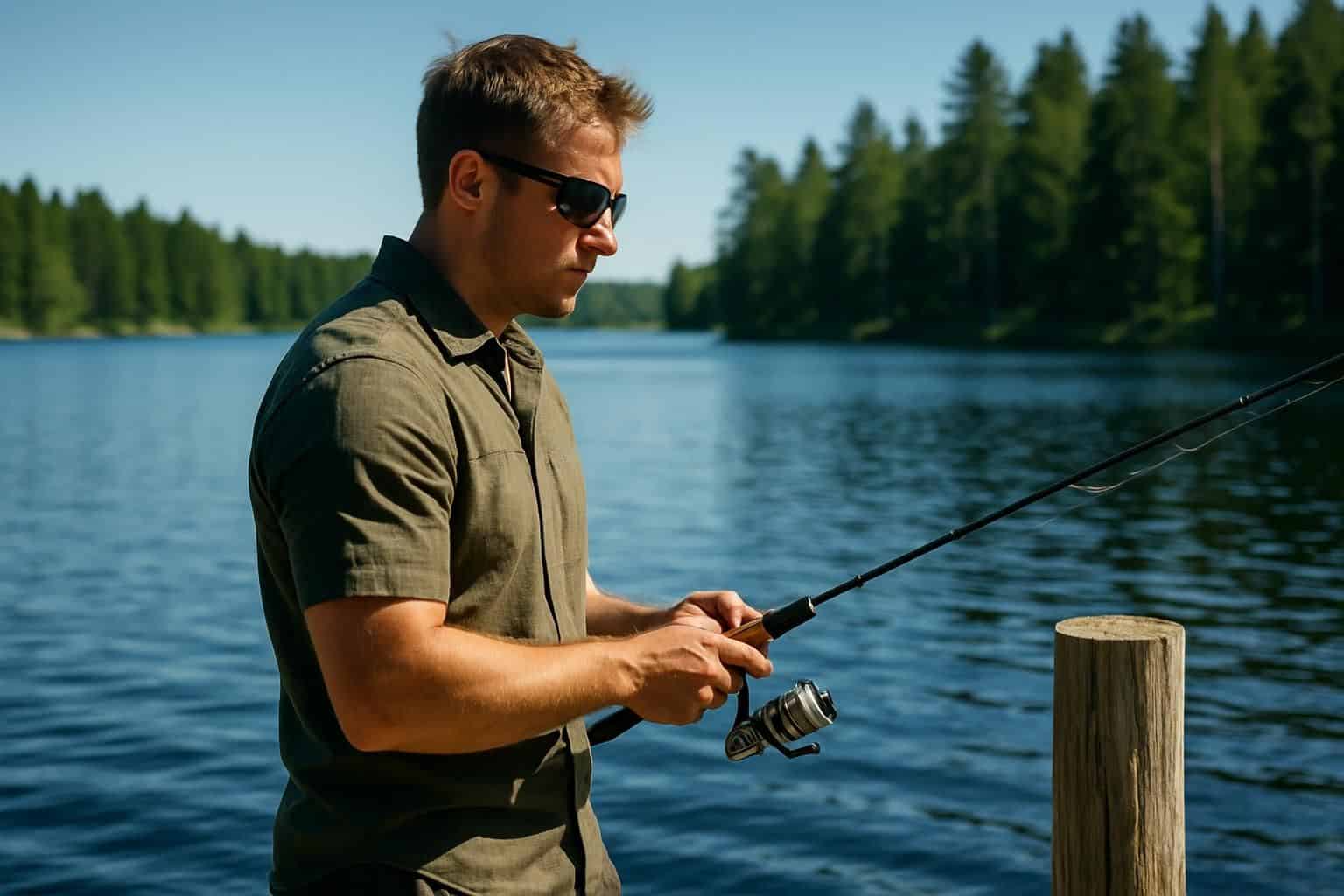
The main difference between polarized and non-polarized sunglasses lies in how they handle light and glare.
| Feature | Polarized Lenses | Non-Polarized Lenses |
|---|---|---|
| Glare Reduction | Block horizontal light waves, cutting glare from reflective surfaces | Reflect all light without reducing glare |
| Visual Clarity | Superior clarity in bright conditions, especially near water | Less visual clarity when facing bright reflections |
| Eye Strain | Reduces eye fatigue during extended outdoor activities | May cause more squinting and strain in bright settings |
| Safety Factor | Can help prevent accidents – research from Ma HP (2019) links sun glare to pedestrian fatalities | Provide basic sun protection but less safety in high-glare situations |
| Color Perception | Often enhances natural colors and contrast | Colors may appear darker but without enhanced contrast |
| Technology Options | Advanced options like Costa’s 580 technology combine polarization with full UV protection | Basic tinting with UV protection in quality brands |
| Best Uses | Driving, fishing, boating, skiing, beach days | Indoor/outdoor transitions, digital screen viewing, low-glare conditions |
How Will Polarized Sunglasses Evolve in 2025?
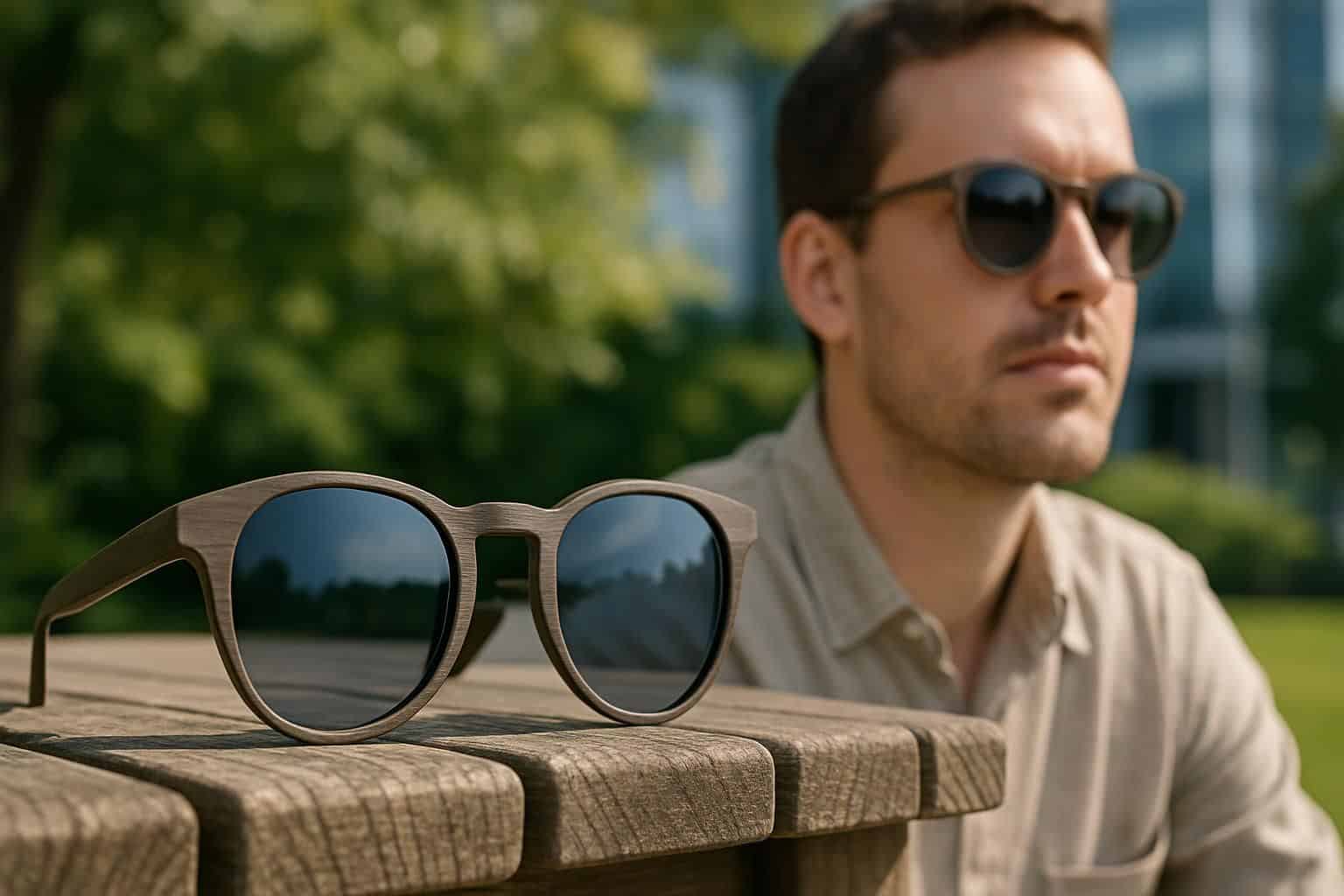
Polarized sunglasses are set to become even smarter by 2025—with lenses that auto-adjust tint based on brightness. New lens technology will better block UV rays, yet still feel super comfortable and lightweight on your face.
Many brands will blend polarization and blue-light filters, giving your eyes protection from sunshine and digital screens alike. Smart lenses could even sync with your phone, letting you manage settings through a simple app.
A few premium versions might come with tiny built-in cameras, so you can record outdoor adventures or watersports from your own view.
Fashion will meet function as designers craft trendy frames especially aimed at active women. You’ll see more prescriptions available, with improved color clarity—great for driving or time spent on the water.
Prices will become friendlier too, thanks to smoother manufacturing processes—making polarized sunglasses affordable for more people. Plus, plenty of brands will start using eco-friendly materials instead of plastics—to attract buyers who care about sustainability.
People Also Ask
What is polarization in sunglasses?
Polarization is a type of sunglass lens that filters out horizontal light waves—imagine tiny window blinds allowing only vertical light through. This cuts annoying glare from flat surfaces like roads, lakes, or shiny cars.
How do polarized lenses help with water activities?
Polarized lenses reduce reflective glare on water—letting you see fish, rocks, and hidden dangers below the surface. They improve safety and comfort during boating, fishing, or whitewater sports. Many eye doctors recommend them for water activities.
Can polarized sunglasses protect against UV radiation?
Yes, quality polarized lenses protect against harmful ultraviolet (UV) rays, which cause issues like cataracts or retina damage (photokeratitis). Most popular brands, like Ray-Ban, offer sunglasses with both UV and polarized protection.
Do polarized lenses affect how I see digital screens?
Polarized sunglasses sometimes make digital screens like your phone, GPS, or camera look darker or distorted. Photographers typically avoid polarized lenses, since viewing camera screens clearly becomes tricky.
Are polarized sunglasses better for driving?
Polarized lenses help reduce glare from roads or shiny cars, improving visibility and reducing eye strain. It helps drivers identify potential hazards quickly, especially during bright daylight or certain sun angles (Brewster’s angle).
Who benefits most from polarized sunglasses?
People who spend lots of time outdoors benefit the most—especially around reflective surfaces. Fishermen use them to spot fish underwater, golfers track balls against bright skies, and drivers reduce road glare. Individuals with sensitive vision also find polarized sunglasses helpful for everyday comfort.
